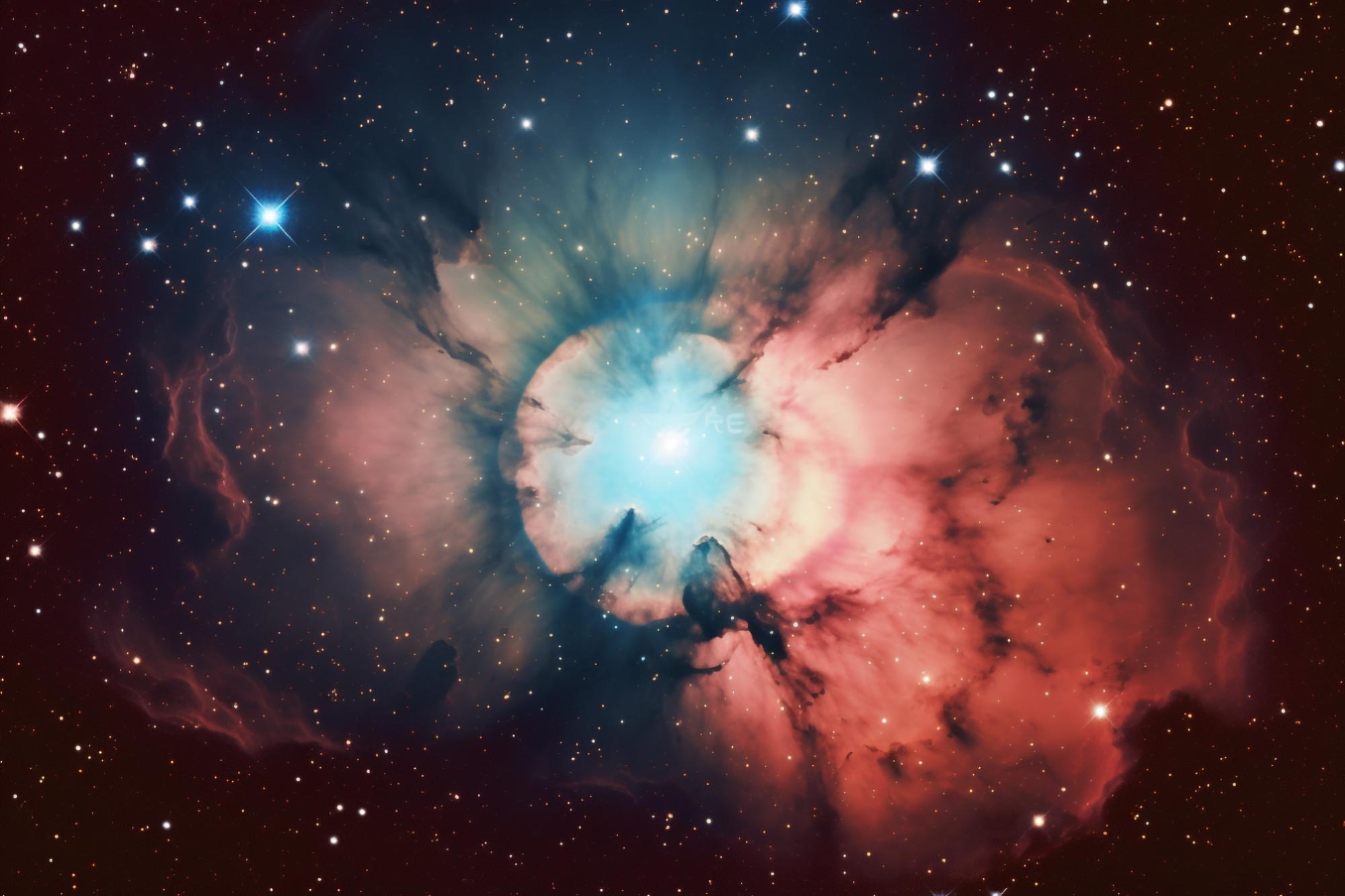
Researchers have discovered evidence of the amino acid tryptophan in the interstellar material of star system IC348 using data from the Spitzer Space Observatory. This result indicates that the amino acids responsible for building protein are widespread in regions where stars and planets evolve, suggesting the possibility of life in exoplanetary systems.
Dr. Susana Iglesias Groth from the Institute of Astrophysics of the Canary Islands (IAC) used Spitzer Space Observatory data to detect the amino marks sour Tryptophan is found in interstellar matter in a region close to star formation. The research was recently published in the journal Monthly Notices of the Royal Astronomical Society.
High amounts of tryptophan have been detected in the Perseus molecular complex, specifically in the star system IC348, a star-forming region located 1,000 light-years from Earth – relatively close in astronomical terms. The area is generally invisible to the naked eye, but shines brightly when viewed at infrared wavelengths.
Tryptophan is one of the twenty Amino acids It is essential for the formation of proteins essential to life on Earth and produces one of the richest spectral line patterns in the infrared. So it was an obvious candidate to explore using the comprehensive spectral database of the Spitzer satellite, an infrared space telescope.

Tryptophan has been discovered in space. Credit: Jorge Rebolo Iglesias. Background image: NASA/Spitzer Space Telescope
Analysis of infrared radiation emanating from the area revealed 20 emission lines for the tryptophan molecule. The temperature of tryptophan is about 280 K, or 7 degrees Celsius. Iglesias-Groth had previously detected water and hydrogen at the same temperatures in IC348.
The study indicates that emission lines associated with tryptophan may also be present in other star-forming regions, and that their presence is common in the gas and dust from which stars and planets are formed.
Amino acids are commonly found in meteorites and were present during the formation of our solar system. This new work could suggest that these protein-building factors – which are essential for the evolution of life – are naturally present in regions where stars and planetary systems form, and may contribute to the early chemistry of planetary systems around other stars.
“Evidence for the presence of tryptophan in the Perseus molecular complex should encourage additional effort to identify other amino acids in this and other star-forming regions,” says Dr. Iglesias-Groth. It is a very exciting possibility that the building blocks of proteins are widely present in the gas from which stars and planets form, and that this may be key to the evolution of life in exoplanetary systems.
Reference: “Searching for tryptophan in IC 348 gas in the Perseus molecular cloud” by Susana Iglesias-Groth, May 22, 2023, Monthly Notices of the Royal Astronomical Society.
doi: 10.1093/manras/stad1535

“Beer aficionado. Gamer. Alcohol fanatic. Evil food trailblazer. Avid bacon maven.”
